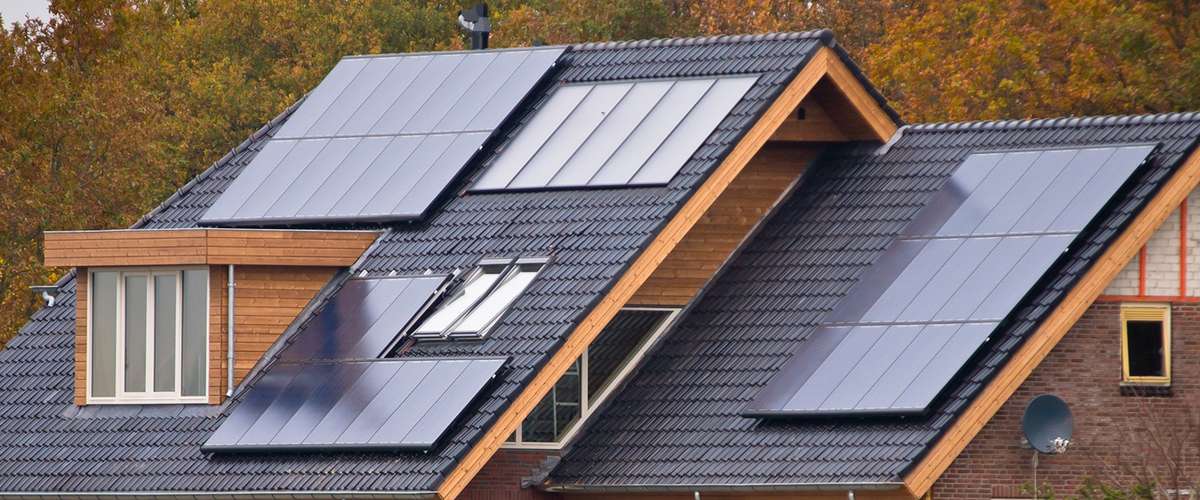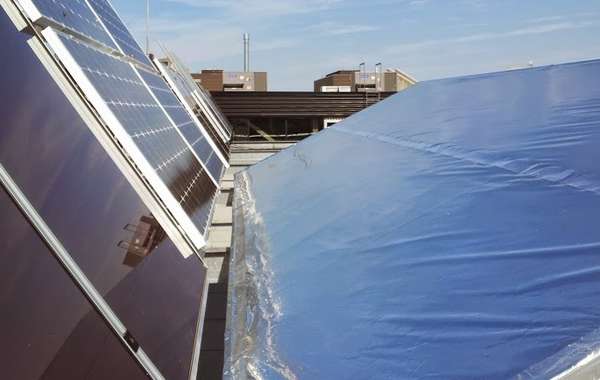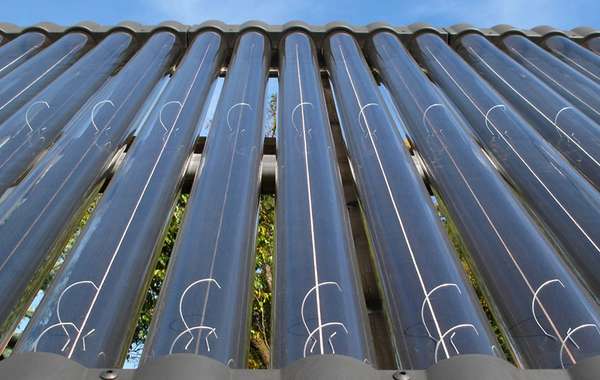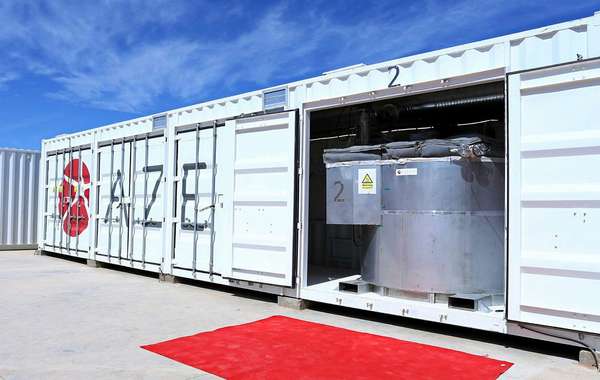Going solar at home is more straightforward and affordable now than ever before, with areas throughout Canada experiencing a jump in residential solar power installations in the past few years.
If you’re thinking about taking the leap into renewable energy in your own home but don’t feel you have enough information about current developments in solar technology, then this article is for you. We’ve outlined some of the basics of residential solar power today and how this technology is being applied throughout Canada and the world.
About solar - how it works
While the specifics behind solar power are perhaps a bit on the technical side for some homeowners, the basic principles are straightforward and easy to understand. Standard solar panels - or photovoltaics (PV) as they are technically called - generate an electric current by catching light particles from the sun called photons.
These photons then knock free the electrons in the panels’ solar cells and produce an electric current. This current is transferred to wires that lead to an inverter. The inverter converts this energy into AC power for your home and can be used throughout the home in a variety of ways.
Types of solar panels
There are a variety of types of solar panels on the market today. While the vast majority of solar panels are made from silicon, a non-metallic semiconductor that is used to make electric currents, there are several significant differences between the various kinds of solar cells.
Monocrystalline and polycrystalline solar panels are both made from silicon, but they differ slightly in their construction. Monocrystalline panels are composed of the highest quality silicon and are the most energy efficient - and most expensive - option for residential polycrystalline PV panels are made from raw silicon melted into molds. Because the process here uses silicon that is not as pure, it is less expensive than the production of monocrystalline panels and costs less for homeowners to purchase.
String ribbon solar cells have the same basic composition of polycrystalline solar cells, but are formed out of thin strands of silicon and therefore use less silicon than other traditional solar panels. This process is relatively complex, so the price of string ribbon panels is higher than that of mono or polycrystalline cells.
Thin film solar cells can be made from a variety of photovoltaic materials, including silicon, copper, and cadmium. These panels are perfect for mass production but require large surface areas in order to provide maximum efficiency, so they’re not ideal for residential solar panels.
Solar technology in 2017
According to the Canadian Solar Industries Association, Canada reached over 2,500 megawatts of cumulative solar energy capacity at the end of 2015 and jumped onto the list of top 10 national markets for solar power. These statistics, paired with some exciting current developments in solar power, demonstrate that this form of renewable energy is desirable, manageable, and applicable for both residential and industrial areas throughout Canada.
The CanmetENERGY program, funded and run by Natural Resources Canada, focuses on introducing and developing renewable energy sources both across the country and internationally. Their current projects include research into net zero energy solar buildings and homes (like the EcoTerra Project in Alouette, Québec), building integrated photovoltaics, community based solar (including Canada’s first solar neighbourhood), and continued research and development of national standards and accreditation for solar power.
Best solar options for your home
Before you make the decision to invest in solar panels for your home, there are several factors you need to consider. There are, as discussed above, a relatively large variety of solar panel types to choose from, so it is important that you discuss your personal energy needs and budget with your solar professional before making your final decision.
Your professional will also be able to tell you the best angle, direction, and size required in order for your solar panels to achieve maximum output. Generally speaking, a 5 kilowatt panel would probably be suitable for a family home.
.If cost is an issue, there are several government grants and community solar projects that can help to spread the cost of your solar panels over a period of time - some areas even have local solar parks that can be accessed by members of the community for a much lower cost.
Now you know more about Solar PV & sustainable & resilient green building techniques here :
Find more about sustainable home construction in the Ecohome Green Building Guide pages |




























Very informative indeed. And yes, let's go take a leap into renewable energy. These a great program indeed, will always be grateful!
Interesting article There is a good solution: https://mysolarperks.com/hm-pow-sol-panel